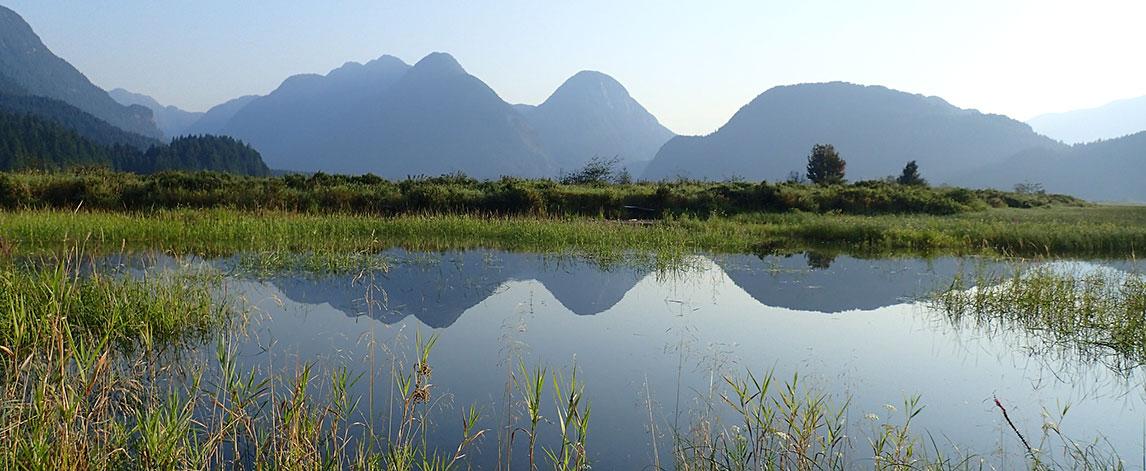Healthy watersheds provide habitats for wildlife, clean drinking water, resilient coastal fisheries and communities, and a setting for recreational activities. The Nicholas Institute for Environmental Policy Solutions is exploring innovative and traditional approaches to address watershed challenges, including sediment and nutrient pollution and degraded or impaired habitats.
Wetland and Stream Mitigation
Wetlands and streams are critical to protecting water quality by naturally filtering pollutants before runoff returns to our water supply and serving as habitats for plants and animals. When planned development activities are determined to result in unavoidable impacts to wetlands and streams, steps must be taken to offset these losses.
The Nicholas Institute is exploring innovative and traditional approaches to address wetland and stream challenges.
Mitigation Prioritization in North Carolina
The Nicholas Institute has partnered with the North Carolina Department of Environmental Quality to assess and improve programs mandated by the Clean Water Act to mitigate the impacts of development activities on streams and wetlands. Like many states, North Carolina created an agency to sponsor "in-lieu fee" mitigation, which collects payments from development permittees rather than requiring permittees to undertake mitigation projects themselves. In lieu fees can be pooled to allow for watershed scale planning and coordinated management.
With partners at Duke, the University of North Carolina, and North Carolina State University, a tool was designed to help the Division of Mitigation Services prioritize river basins for mitigation efforts. The tool allows users to assess current conditions: species habitat, water quality, and hydrological function. It also considers the importance of other assets such as rare species, and can also be used to assess opportunities for environmental uplift—such as restoring wetlands. The current conditions and opportunities for uplift provide a basis for prioritizing watersheds for mitigation projects.



